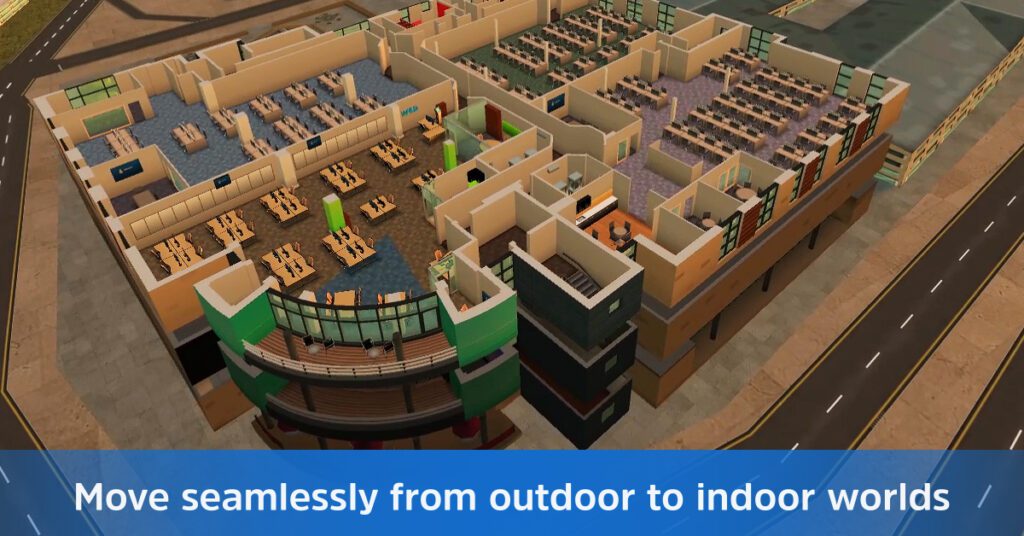Unity is a popular cross-platform game engine used for creating 2D and 3D games, simulations and interactive experiences. It is an integrated development environment (IDE) which provides a visual interface for game development, supports multiple programming languages, and delivers a physics engine and audio engine for creating realistic physical interactions and sound effects in games. Unity allows developers to create immersive game worlds through a process that involves creating assets such as 3D models, textures and sound effects, level design, scripting, and playtesting. Its features make game development efficient and easy, with games being created for multiple platforms including Windows, macOS, Linux, Android, and iOS.
Creating Interactive Worlds: Understanding the Role of Unity in Game Development
Introduction:
Unity is a popular cross-platform game engine developed by Unity Technologies. It is used to create 2D and 3D games, as well as simulations and other interactive experiences. Unity has gained popularity among game developers due to its ease of use, versatility, and powerful features. In this article, we will discuss the role of Unity in game development, its important features, and how it is used for creating interactive worlds.
What is Unity?
Unity is a game engine that provides a platform for game development. It is an integrated development environment (IDE) that allows developers to create games for multiple platforms, including Windows, macOS, Linux, Android, iOS, and several gaming consoles such as Xbox and PlayStation.
Unity Features:
Unity provides several features that make game development efficient and easy. Some of the important features include:
1. Unity Editor: Unity Editor is an IDE that provides a visual interface for game development. It provides tools for importing assets, creating game levels, and managing scripts.
2. Asset Store: Unity Asset Store is a marketplace for game assets such as 3D models, textures, and sounds. Developers can purchase assets from the store and integrate them into their games.
3. Scripting: Unity supports multiple programming languages such as C#, JavaScript, Boo, and UnityScript. Developers can use these languages to write game code.
4. Physics Engine: Unity provides a built-in physics engine that allows developers to create realistic physical interactions in their games.
5. Audio Engine: Unity also provides an audio engine for creating sound effects and music for games.
How Unity is used for creating interactive worlds:
Unity is a powerful tool for creating interactive worlds. Game developers can use Unity to create immersive environments with realistic graphics, physics, and audio. Here are the steps involved in creating interactive worlds in Unity:
1. Artistic Concept: The first step in creating an interactive world is to come up with an artistic concept. This involves brainstorming and creating a visual design for the game world.
2. Asset Creation: The next step is to create assets such as 3D models, textures, and sound effects for the game world. Developers can create assets using software such as Blender and Maya.
3. Level Design: Once the assets are created, developers can use Unity Editor to create game levels. This involves placing assets in the game world and creating interactive elements such as doors, buttons, and switches.
4. Scripting: Developers can write scripts in C# or other languages to create interactive game elements. This involves programming logic for AI, player movement, and game mechanics such as health and damage.
5. Playtesting: Once the game world is created, developers can playtest it to identify bugs and improve gameplay. This involves testing game mechanics, graphics, and audio.
Conclusion:
Unity is a powerful tool for game development that allows developers to create immersive, interactive worlds. Its features make game development efficient and easy, and its cross-platform support allows games to be created for multiple platforms. With Unity, game developers can create worlds that are visually stunning, physically realistic, and a joy to play.
